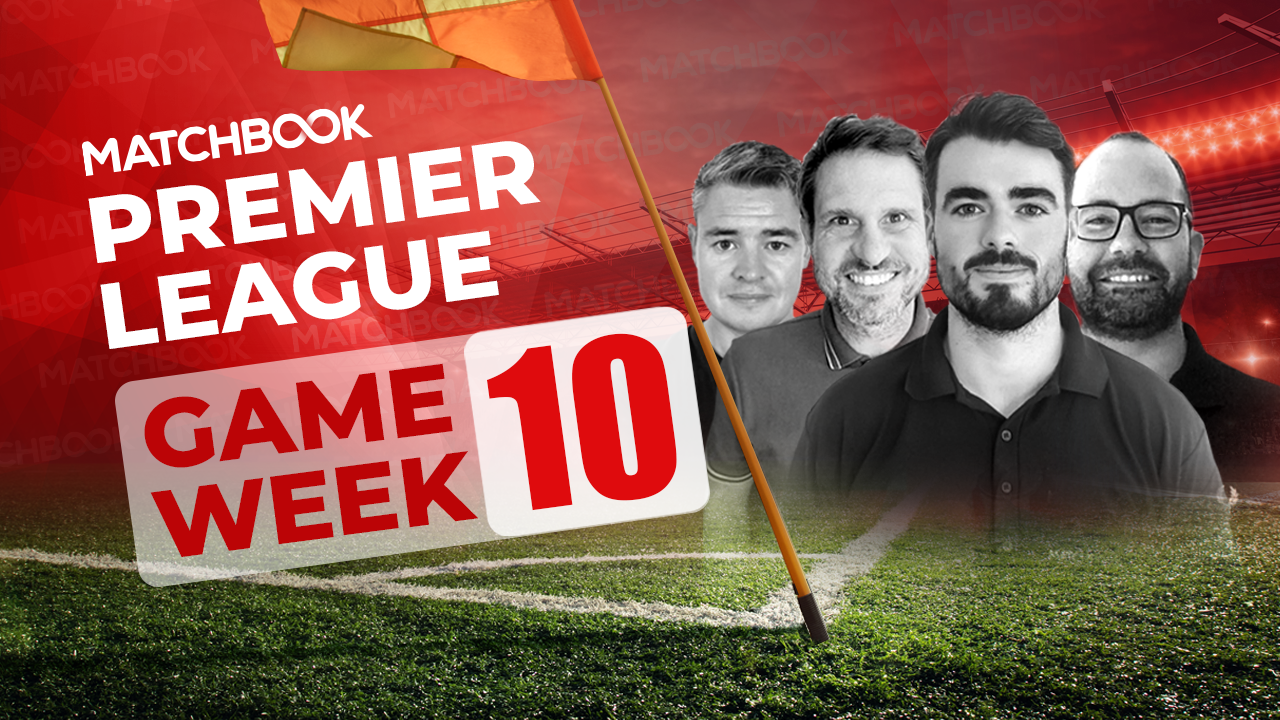In the realm of soccer, preparation is key to success in games. Coaches and players together continuously search for innovative ways to gain a performance advantage, and one of the most significant advancements in recent years has been the use of video analysis. This effective tool has transformed how teams prepare for matches, allowing them to examine performances in unprecedented detail.
By studying game footage, teams can identify patterns, strengths, and weaknesses not only in their own gameplay but also in their rivals. This thorough breakdown enables coaches to formulate tailored strategies that can considerably boost team performance. As football progresses, so does the importance of utilizing tech like video analysis to ensure that every player is at their best and each approach is well-informed.
Influence of Footage Analysis on Effectiveness
Film analysis has changed the way groups prepare for games, providing an thorough perspective on both individual and collective performances. Trainers can now break down game footage to spot advantages and disadvantages, allowing them to adapt training sessions to address specific concerns. This targeted approach not only improves player growth but also promotes a richer understanding of tactical tactics, leading to better decision-making on the pitch.
Moreover, the accessibility of video analysis tools has democratized football coaching, enabling even community teams to embrace advanced methods previously reserved for professional clubs. Managers at all stages can make use of video footage to review games with players, making feedback more objective and constructive. This collaborative learning environment encourages open dialogue, helping players to understand their contributions and areas for enhancement.
In addition, video analysis promotes accountability among players by providing definitive evidence of performance metrics. By viewing their own gameplay, players gain awareness of their actions and the impact they have on team dynamics. This self-awareness encourages a greater sense of ownership and commitment to the team’s aims, ultimately improving overall effectiveness on the field.
Examples of Successful Use
One notable example of proficient football analysis can be seen in the play of FC Barcelona in the 2014-15 season. The team utilized extensive video analysis to examine their own gameplay as well as their opponents. By breaking down match footage, coaches were capable to recognize specific patterns and tendencies, which permitted the players to refine their strategies. This focus to detail played a crucial role in their success, culminating in an impressive treble, winning the domestic league, domestic cup, and UEFA Champions League.
A further case is the implementation of video analysis at Liverpool FC under Jürgen Klopp. The coaching staff applied cutting-edge sports technology to assess player movements, positioning, and decision-making processes during matches. This systematic approach improved team coordination and communication, leading to more fluid gameplay. As a result, Liverpool saw a resurgence, ultimately winning the UEFA Champions League in 2019 and the Premier League in the following season.

Finally, Sporting CP, a prominent Portuguese club, integrated video analysis into their training regimen to nurture younger players. By reviewing match footage, coaches provided tailored feedback, helping young talents understand their strengths and areas for improvement. This concentration on video analysis not only enhanced individual player performance but also fostered a culture of continuous learning within the club. ทีเด็ดบอล As a result, Sporting CP has successfully produced a steady supply of competitive players who have made considerable impacts both within their country and internationally.
### Upcoming Developments in Football Analysis
As advancements in technology progress, the realm of football analysis is set to undergo a major transformation. One of the most exciting developments is the integration of artificial intelligence and machine learning into game analysis. These technologies can analyze large datasets in real time, delivering insights to coaches and analysts that were once unavailable. By recognizing trends in player positions and team formations, AI can help teams optimize their strategies and training programs, leading to improved performance on the pitch.
A further developing trend is the use of virtual and augmented reality in training and analysis. Such tools offer immersive experiences that allow players to visualize game scenarios and practice their skills in a controlled environment. By imitating match contexts, teams can strengthen decision-making and tactical insight. This not only assists in personal player improvement but also fosters better teamwork and communication, which are key components for success in the sport.
Finally, the accessibility of analytics-driven insights will likely reshape how teams engage with fans and stakeholders. As clubs provide more analytical material through social networks and online platforms, fans will gain a greater understanding of the game’s tactical nuances. This shift could foster a more knowledgeable fan base that appreciates the intricacies of football analysis, further narrowing the divide between teams and their fans. As these trends develop, the impact of football analysis will keep expanding, influencing the manner in which the game is executed, coached, and perceived by fans around the world.